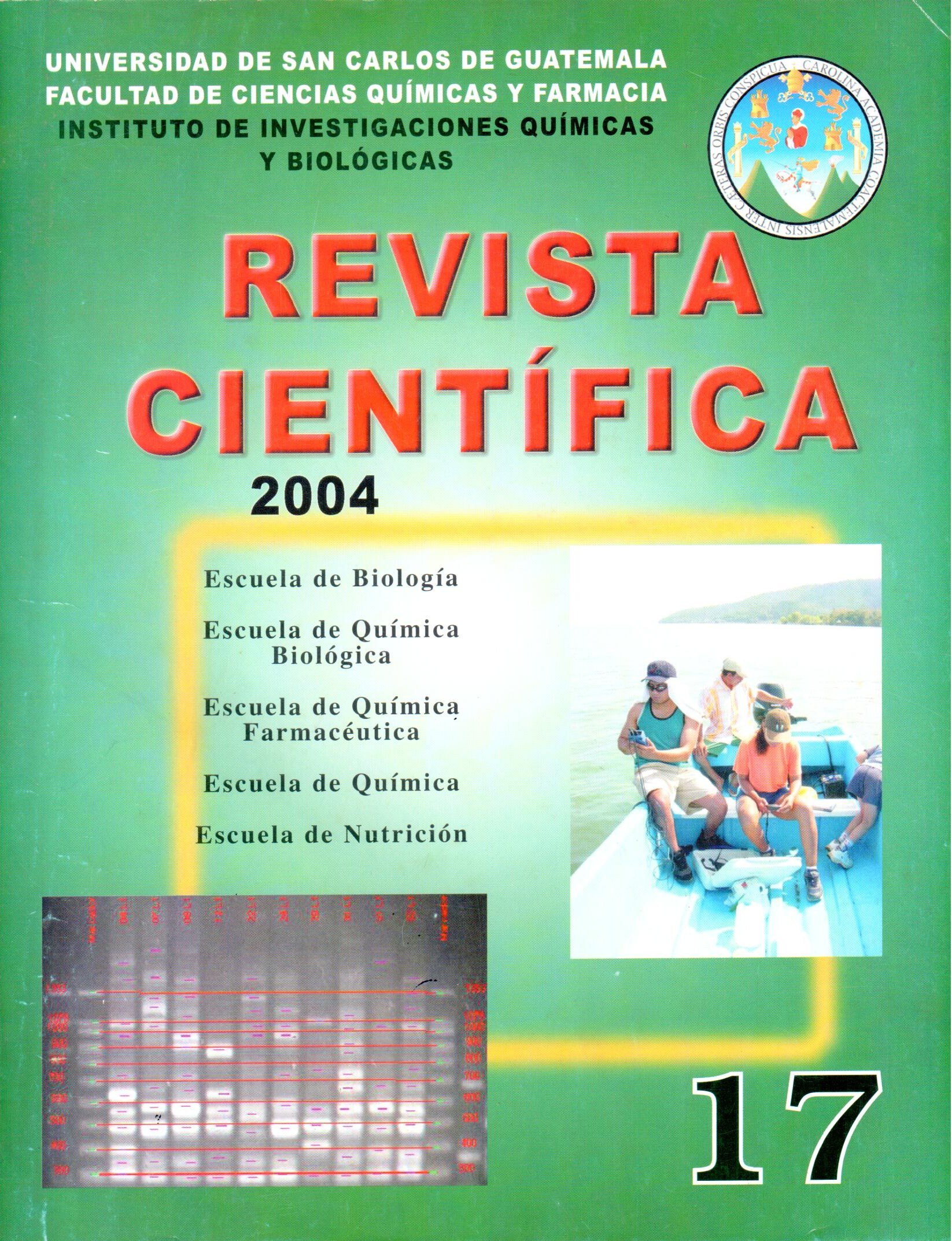Validation of Analytical Methodology to Determine the Antioxidant Capacity of Raw Materials Used in the Oily Phase of Cosmetic Emulsions
DOI:
https://doi.org/10.54495/Rev.Cientifica.v17i1.224Keywords:
Validation, Analytical Methodology, Antioxidant Capacity, Cosmetic EmulsionsAbstract
The validation of analytical methodology to determine the autoxidative capacity in fatty substances used in the oily phase of cosmetic creams, was carried out on pure raw materials and subjected to autoxidation processes, divided into two classes: studies at ambient conditions, in stability chambers at 37ºC , 45ºC and through the accelerated autoxidation method proposed by Jacquisblieva and Popov. The main objective of this research work was to design and validate an analytical methodology to predict, in a determined time, the auto-oxidation capacity for a fat and that the results would be exact, precise and reliable. The substances analyzed were: triple pressed stearic acid, glyceryl monostearate, anhydrous lanolin and cocoa butter. According to the results, it was observed that the methodology is applicable to study the autooxidative behavior of anhydrous lanolin and cocoa butter. It was shown that stearic acid and glyceryl monostearate do not generate reliable, precise and exact results, with the methodology under study.
Downloads
References
.
Downloads
Published
How to Cite
Issue
Section
License
Copyright (c) 2004 N.F. Torres, G. de Samayoa, K. Girón, E.R. López

This work is licensed under a Creative Commons Attribution 4.0 International License.
Authors who publish with this journal agree to the following terms:
- Authors retain copyright and grant the journal right of first publication with the work simultaneously licensed under a Creative Commons Attribution License 4.0 that allows others to share the work with an acknowledgement of the work's authorship and initial publication in this journal.
- Authors are able to enter into separate, additional contractual arrangements for the non-exclusive distribution of the journal's published version of the work (e.g., post it to an institutional repository or publish it in a book), with an acknowledgement of its initial publication in this journal.
- Authors are permitted and encouraged to post their work online (e.g., in institutional repositories or on their website) prior to and during the submission process, as it can lead to productive exchanges, as well as earlier and greater citation of published work.









